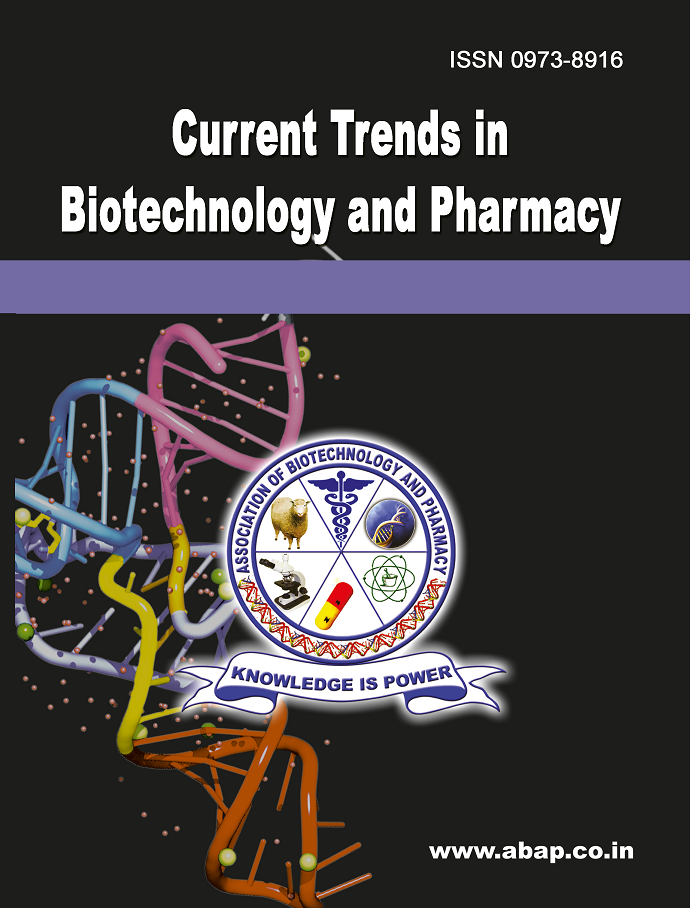Enhanced Skin Permeation of Bisoprolol Fumarate Using a Microneedle-Assisted Transdermal Patch with Chemical Penetration Enhancers for Potential Hypertensive Effect
DOI:
https://doi.org/10.5530/ctbp.2025.4.41Keywords:
Bisoprolol fumurate, Span 20, Solid microneedle, skin permeation, transdermal patchAbstract
Bisoprolol fumarate (BF) can be administered transdermally to control hypertension in elderly and postoperative settings, but the delivery is blunted due to the hydrophilic nature of the drug across the hydrophobic skin barrier. The present study was aimed at evaluating and optimizing the matrix-type transdermal patch of BF using Eudragit L100 and HPMC as polymers and PEG 400 as a plasticizer. The patches were evaluated for organoleptic characteristics, moisture analysis, and in vitro permeation studies across synthetic membranes. Based on desired characteristics, the HPMC: Eudragit L100 (5:1) patch was further loaded with permeation enhancers, such as Span 20, orange oil, and oleic acid, by the solvent casting method. The patches showed desired physicochemical properties and moisture content. However, BO1 released 6864.17 μg/cm² (equivalent to 8237.0 μg) of drug in 24 hours, which was better than other formulations. The ex vivo permeation analysis demonstrated that Span 20 at 12% w/w (BO1-S12) favored the highest permeation of BF across excised rabbit skin (5974.0 μg/cm²) as compared to the control patch (3517.0 μg/ cm²). However, to improve the BF permeation, a parallel micropore (solid microneedles) and intact skin transport pathway was adapted. The pretreatment of skin with solid microneedles improved the BF cumulative permeation (7580.0 μg/cm²) and flux (225.67 μg/cm²/hr) as compared to BO1-S12 (195.11 μg/cm²/hr). The finding suggests that it is advantageous to use microneedles to create microchannels in the skin that would let drugs penetrate deeper into the dermis for systemic absorption. Therefore, the combination of microneedles with a permeation enhancer effectively sustains BF delivery over 24 hours with minimal skin irritation and desirable storage stability.



